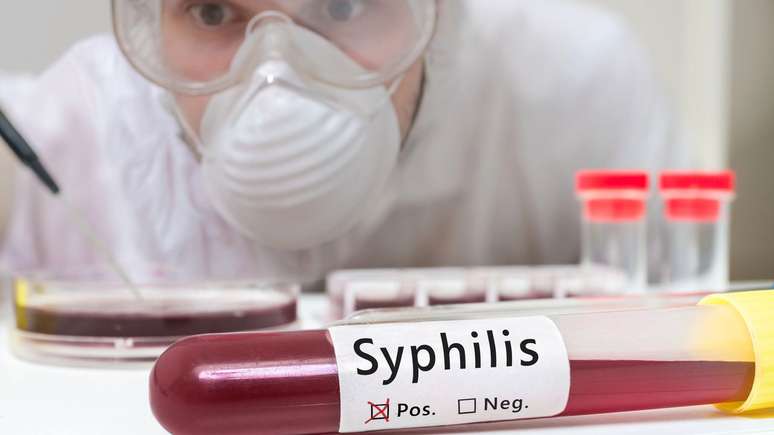While improvements in diagnostic tools have helped detect more cases, there are other important causes that explain this increase.
Argentina is facing an unprecedented increase in syphilis cases, reaching a historic peak in 2023, when 32,293 infections were reported. This increase has positioned the disease as the fastest-growing sexually transmitted infection (STI) in the country.
According to the Argentine Ministry of Health, the upward trend has seen a 42% increase in cases compared to 2018. Syphilis has become a growing public health concern, as revealed by the latest National Epidemiological Bulletin.
Why are syphilis cases increasing in Argentina?
The incidence of syphilis in Argentina has increased alarmingly over the past six years. Although improvements in diagnostic tools have helped detect a greater number of cases, there are other important causes that explain this increase:
- Lack of awareness: Many people are still unaware of the risks and ways in which syphilis is transmitted.
- Unequal access to health services: Not everyone has easy access to tests and care.
- Social Stigma: Stigma about sexually transmitted diseases discourages people from seeking medical care.
How can syphilis be prevented and treated?
Effective prevention and treatment of syphilis involves several important steps. Here are some basic measures:
- Education and awareness: Inform the population about the symptoms and the importance of regular testing.
- Condom use: Correct use of condoms can prevent the transmission of syphilis.
- Access to health services: Ensure that everyone can get tested and receive adequate care.
- Continuous monitoring and recording: Monitor cases to control the spread of the disease.
Who is most affected by syphilis in Argentina?
The increase in syphilis cases has mainly affected young adults, especially between the ages of 20 and 35. In terms of gender, women account for the largest proportion of cases, especially in the 15-39 age group.
The most affected regions in Argentina include the South and Cuyo. However, the central areas, which previously had the highest number of infections, have shown a relative decline compared to the increase recorded in other regions.
What are the symptoms and complications of syphilis?
Syphilis is divided into several stages and its symptoms can vary:
- Primary syphilis: Appearance of a painless ulcer called a chancre, usually on the genitals, mouth, or anus.
- Secondary syphilis: It may appear after a latency period, with symptoms such as skin rashes, fever, mouth lesions and general malaise.
- Tertiary syphilis: Serious complications such as heart, bone and nervous system damage and neurosyphilis.
Source: Terra
Ben Stock is a lifestyle journalist and author at Gossipify. He writes about topics such as health, wellness, travel, food and home decor. He provides practical advice and inspiration to improve well-being, keeps readers up to date with latest lifestyle news and trends, known for his engaging writing style, in-depth analysis and unique perspectives.








